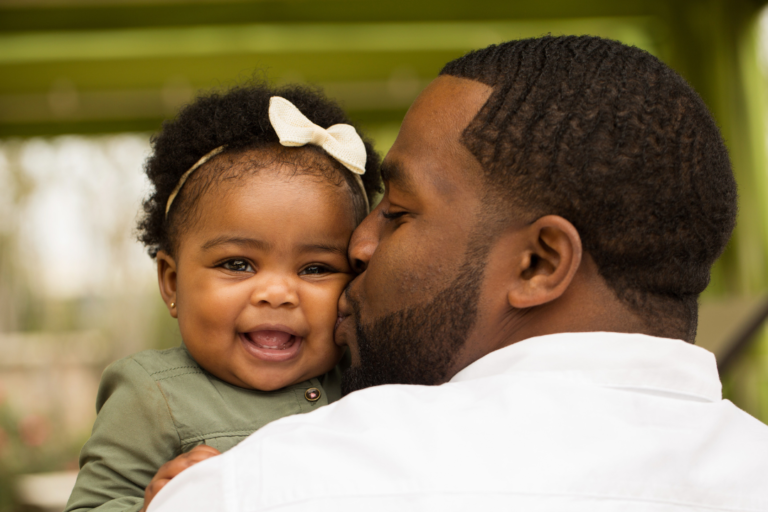How to manage the 2 year old sleep regression – I bet you didn’t expect to be asking that question. As a parent, you may think that once your child reaches the age of 2, their sleep problems are a thing of the past. However, the reality is that many children experience what’s known as the 2 year old sleep regression. If your toddler is suddenly having trouble sleeping through the night or taking regular naps, you’re not alone.
What is the two-year-old sleep regression?
The two-year-old sleep regression is a phase in your child’s development where they may experience disruptions in their sleep patterns. This can include difficulty falling asleep, waking up frequently during the night, and refusing to take naps during the day. It can be a frustrating time for both you and your child, as it can disrupt the routine you’ve established and make it hard for everyone to get the rest they need.
What are the Causes of the 2 Year Sleep Regression?
The 2 year old sleep regression is caused by a variety of factors, including:
- Cognitive Development: At 2 years old, your child’s cognitive development is rapidly progressing, which means they may be more aware of their surroundings and experience more vivid dreams or nightmares.
- Separation Anxiety: Separation anxiety can be a significant factor at this age, making it hard for your child to fall asleep or stay asleep if they fear being apart from you.
- Physical Development: Your child is also going through significant physical development at this age, including teething and growing pains, which can also disrupt their sleep.
- Changes in Routine: If your child’s routine has recently changed, such as starting daycare or preschool, this can cause anxiety and disrupt their sleep patterns.
What are the signs of the two-year-old sleep regression?
There are several signs to look out for to determine whether your toddler is experiencing sleep regression:
- Difficulty falling asleep: Your child may have trouble falling asleep or take longer than usual to fall asleep.
- Nighttime waking: Your child may wake up more frequently during the night and have difficulty settling back down.
- Early morning waking: Your child may wake up earlier than usual in the morning and be unable to fall back asleep.
- Refusal to nap: Your child may resist napping during the day, even though they may still need it.
- Increased fussiness or irritability: Your child may be more cranky, fussy or irritable than usual, particularly in the late afternoon or early evening.
- Changes in appetite: Your child’s appetite may change, and they may eat less or more than usual.
How long does the two-year-old sleep regression last?
The duration of the two-year-old sleep regression can vary from child to child, and it may last anywhere from a few weeks to a few months. It’s important to note that this is a temporary phase, and with patience and consistency, most toddlers will eventually return to their normal sleep patterns.
It’s also important to rule out any underlying health issues or sleep disorders that may be contributing to the sleep disturbances. If the sleep regression persists for an extended period of time or is causing significant distress for the child or family, it may be helpful to consult with a pediatrician or sleep specialist for additional guidance and support.
5 Tips to manage the two-year-old sleep regression
While the 2 year old sleep regression can be a challenging time, there are several things you can do to ease the discomfort. Here are some tips on how to manage 2 year old sleep regression:
- Stick to a consistent bedtime routine: A bedtime routine can help signal to your child that it’s time to sleep. This might include a bath, a story, and some quiet time before bed.
- Encourage self-soothing: Coach your child to fall asleep on their own, without relying on nursing, rocking, or other sleep associations. This can help them to fall back asleep when they wake up during the night.
- Offer comfort: Give your child some extra hugs and cuddles when they need it. An attachment object, such as a favorite stuffed animal or blanket, or a night light, can help to calm and reassure your toddler.
- Be understanding and flexible: As with all new parenting stages and phases – try to stay calm and patient. Remember that this is a normal part of your child’s development.
- Use your words: Your toddler is also able to communicate better with you now then their first sleep regression at 4 months. Use your words to express that you understand and encourage them to name and express their feelings.
Keep calm and carry on
The 2 year old sleep regression is a typical phase that lots of toddlers go through. It can be a bit of a tough time, but it’s not forever. Try to stick to your routine, be patient, and be open to this new phase unfolding. You and your child can tackle this together and move on to the next exciting stage. So relax, and know that with your love and support, your child will keep on growing and flourishing.
For help establishing a healthy sleep routine, download Parent Sense. It is the all-in-one app that takes the guesswork out of parenting from pregnancy to preschool.




